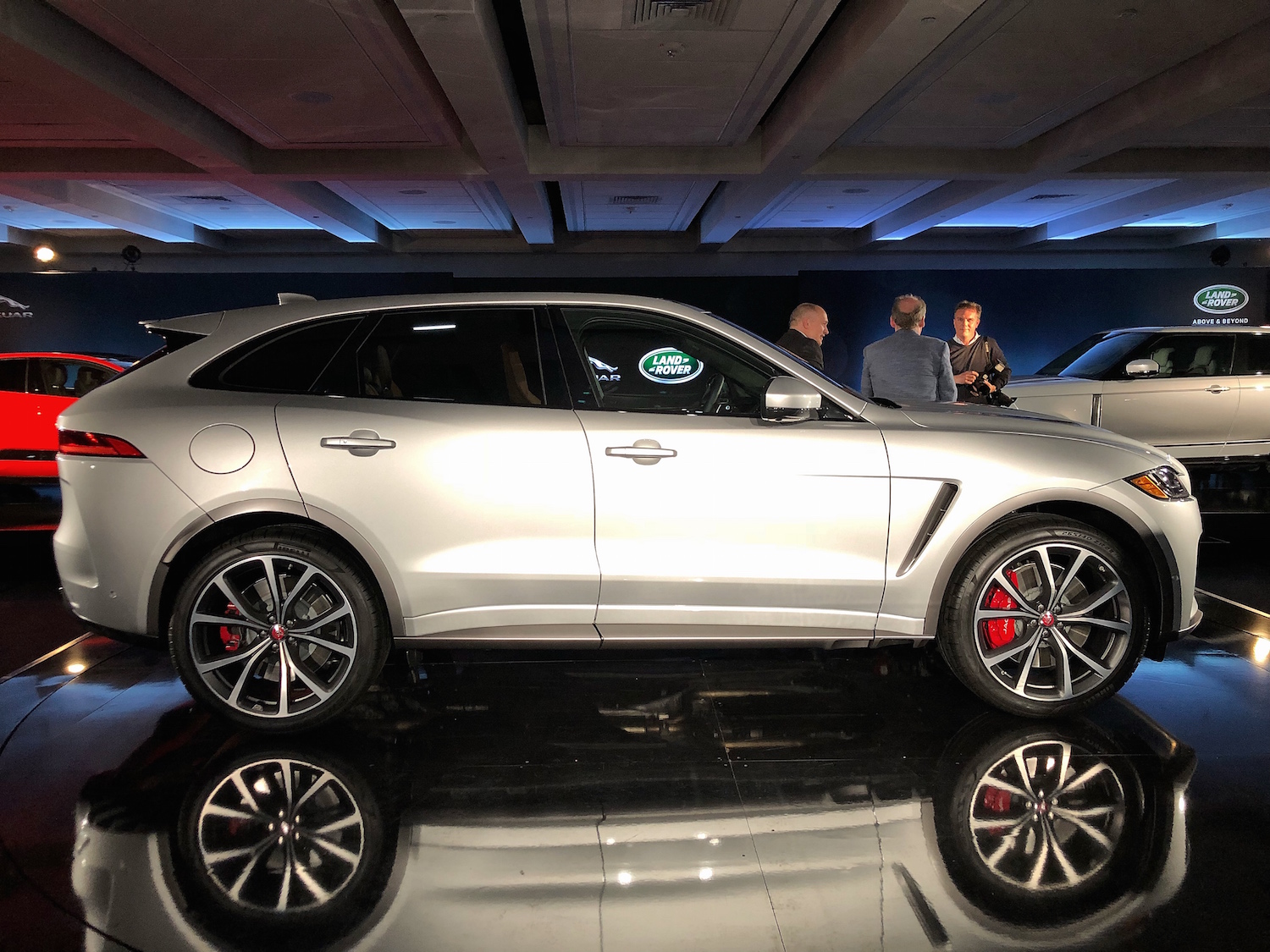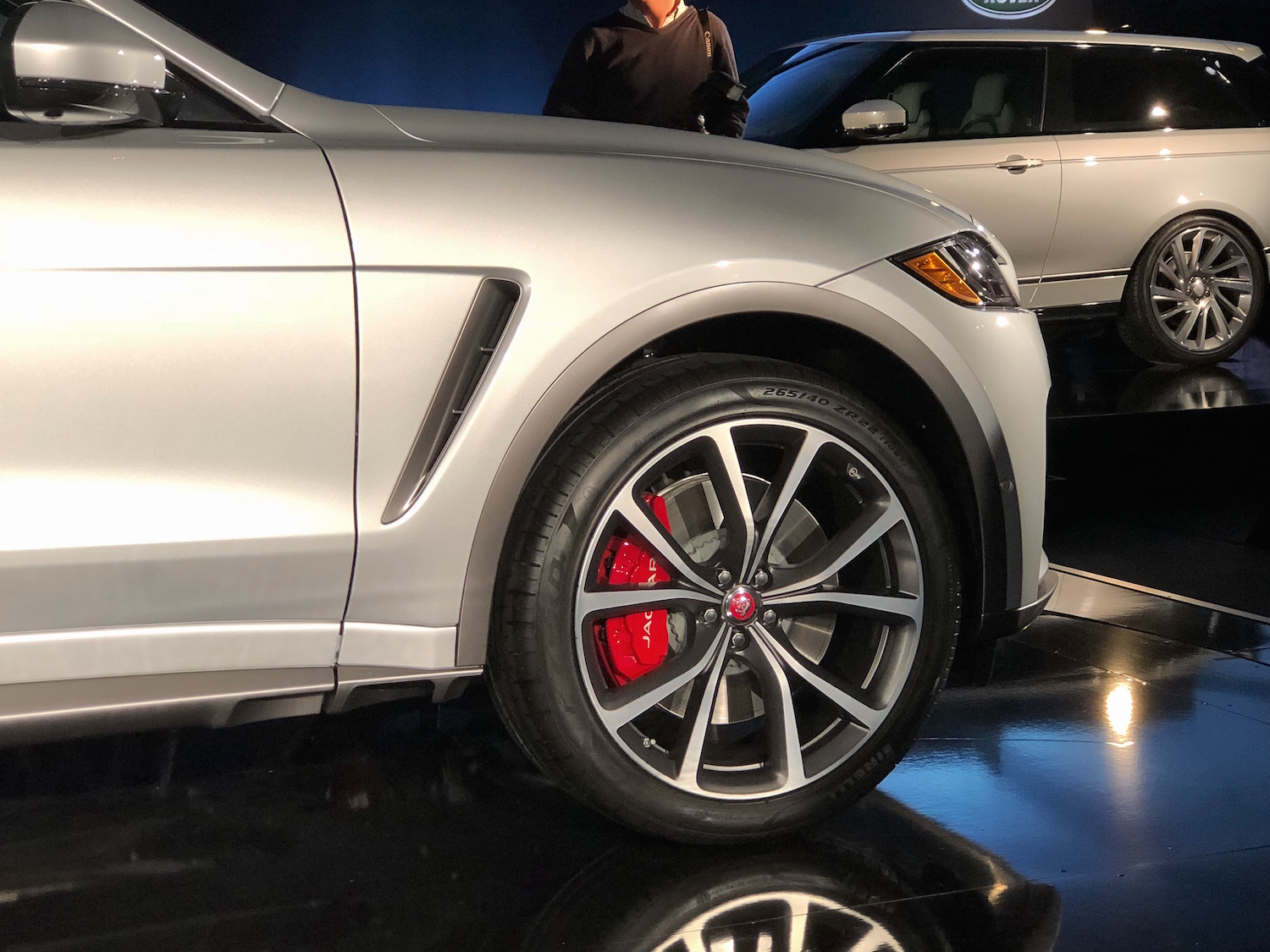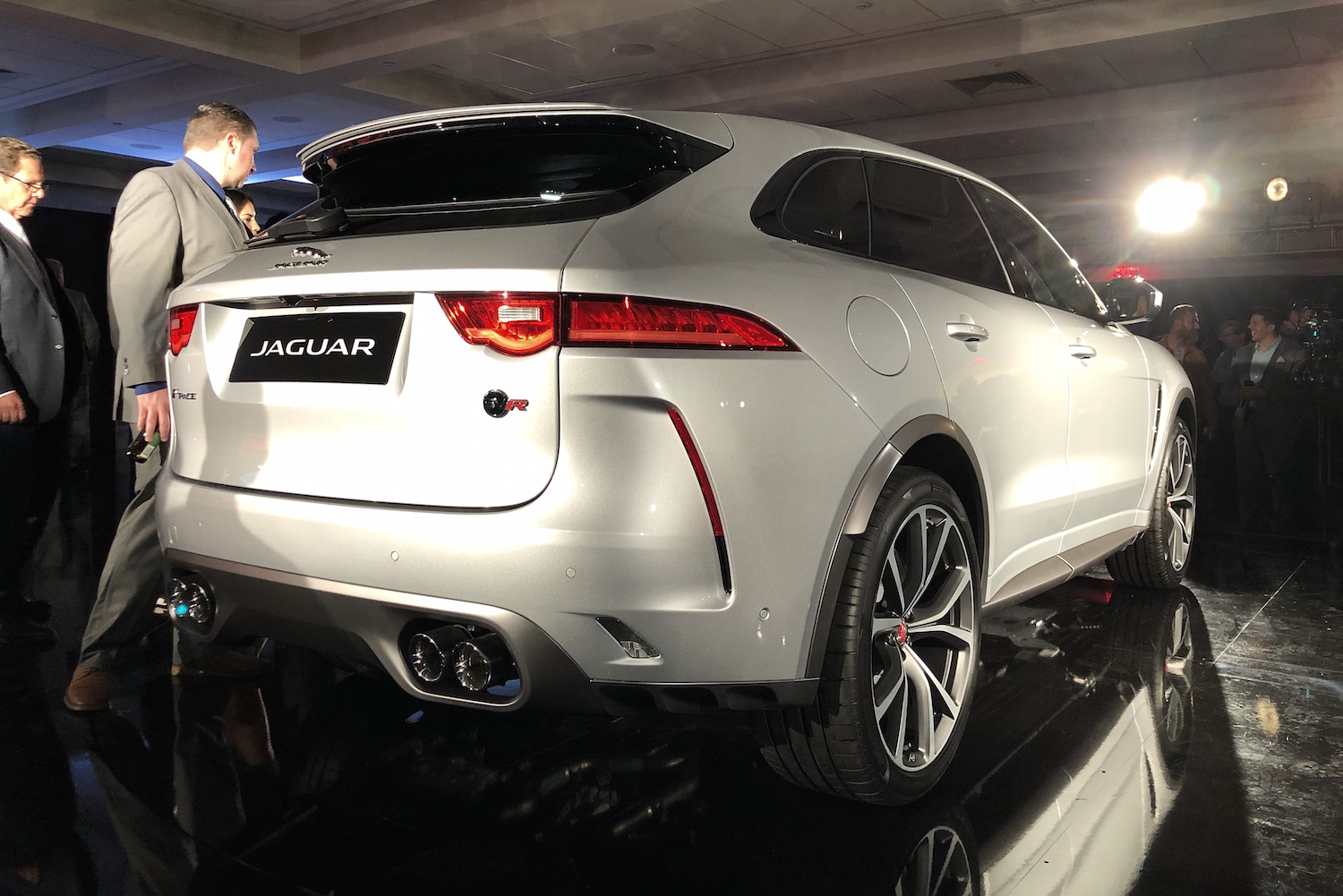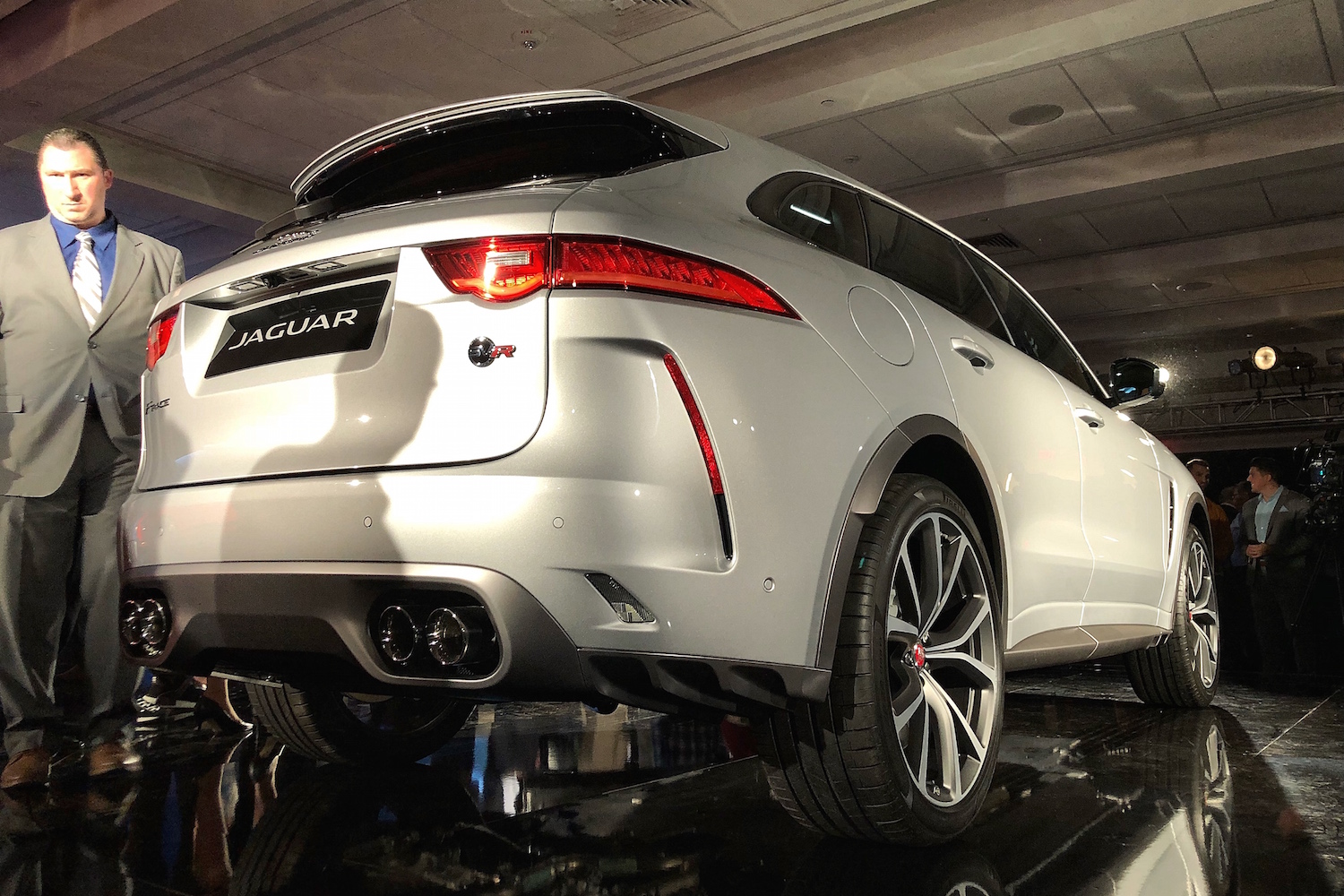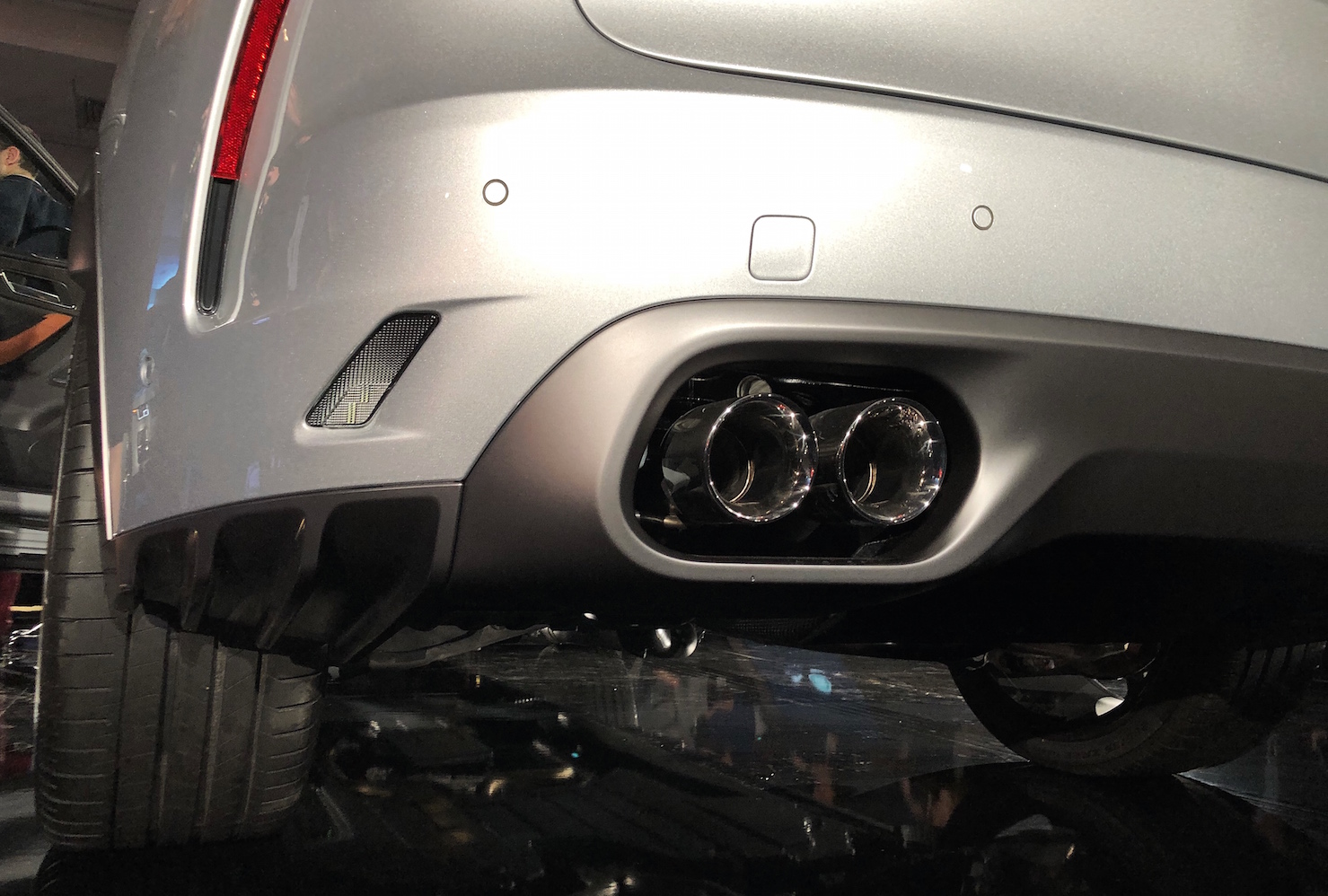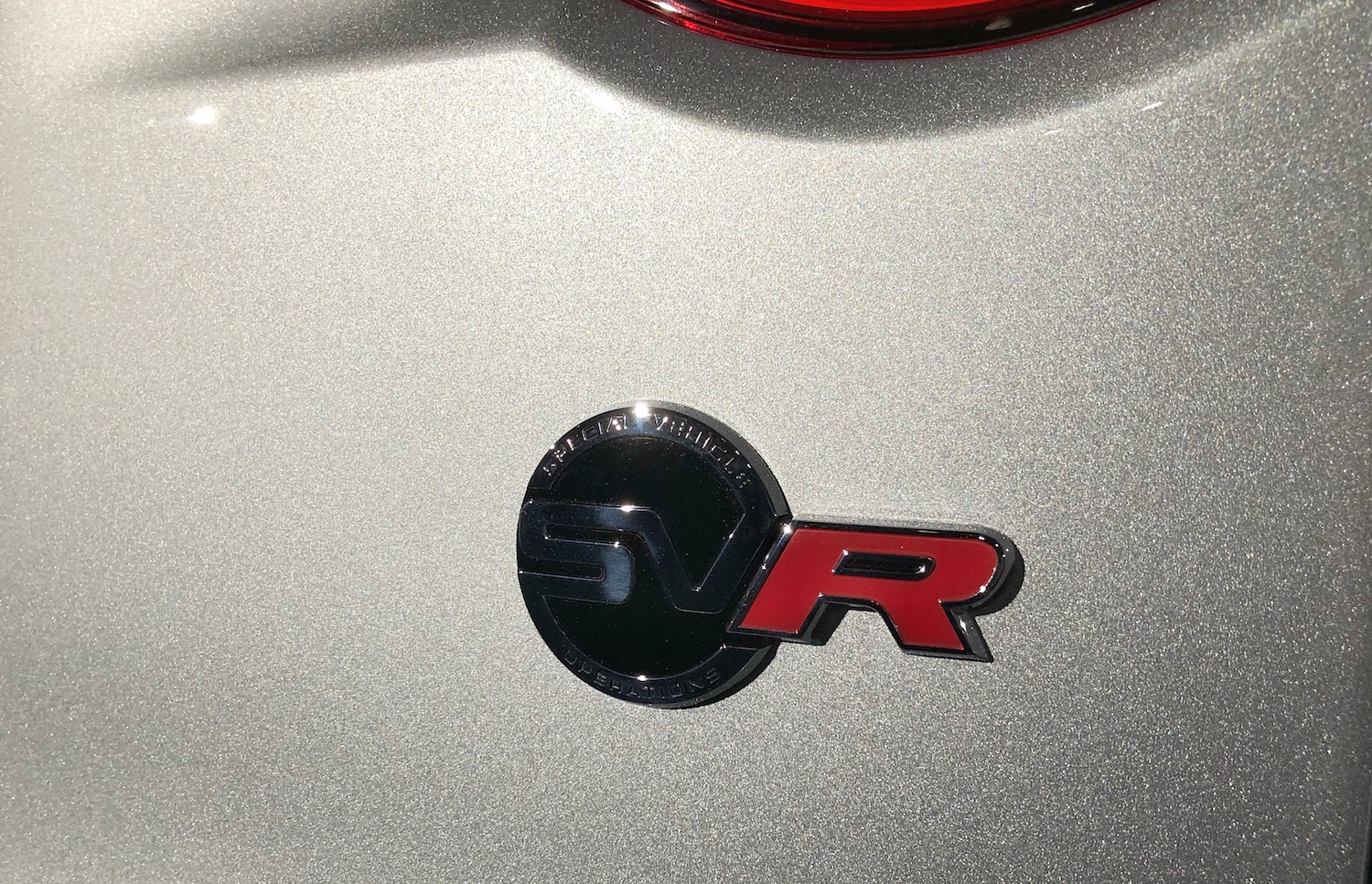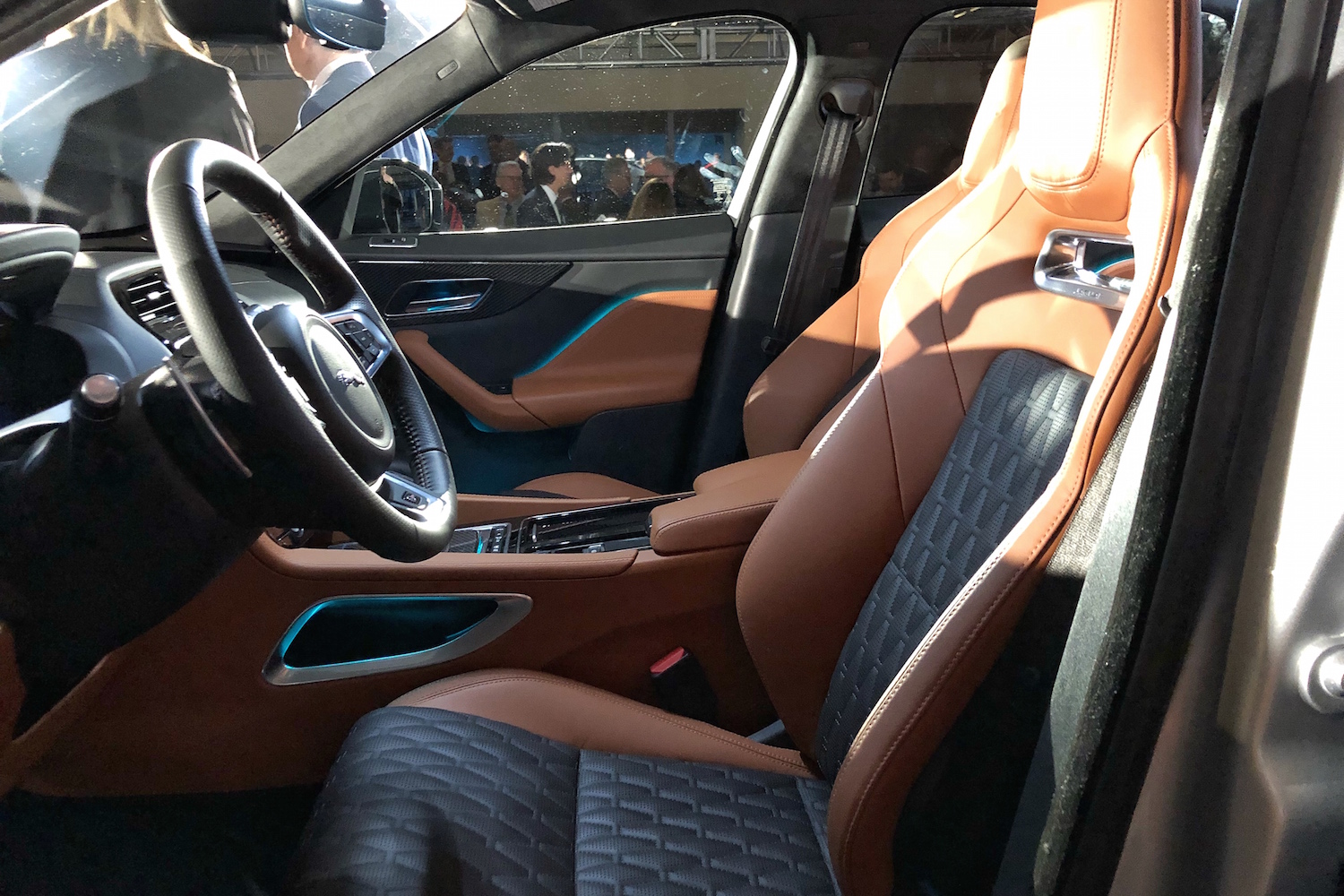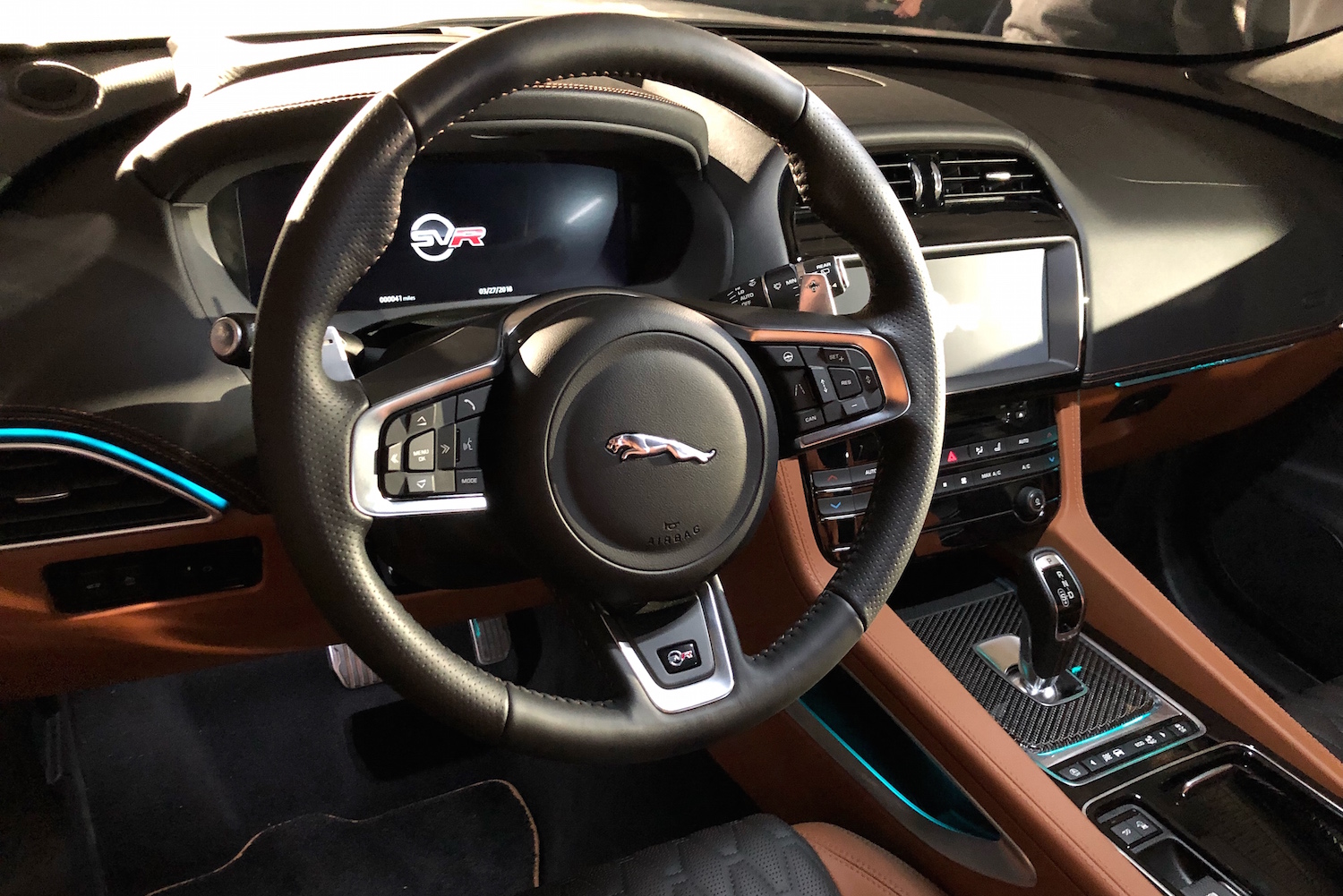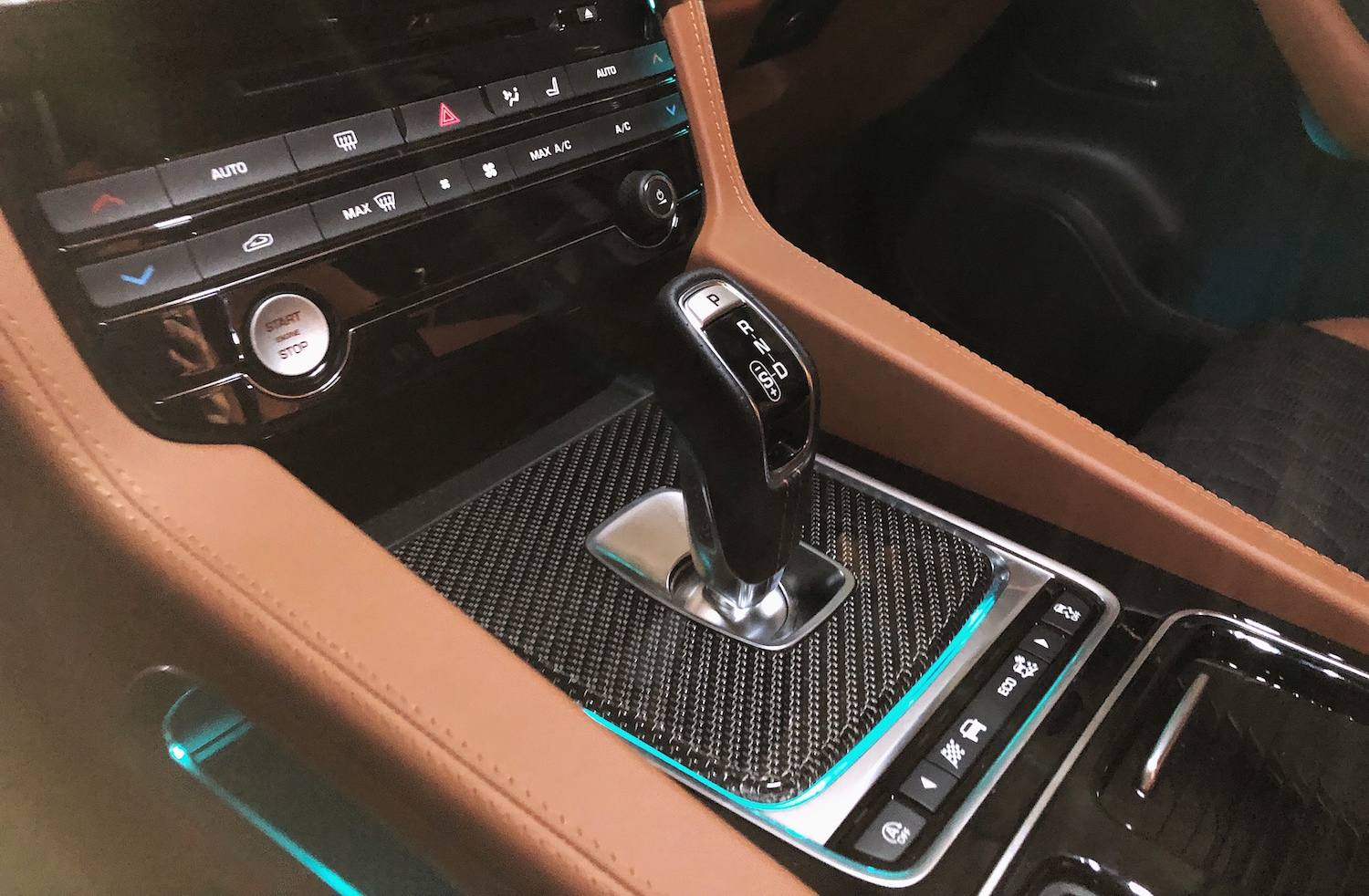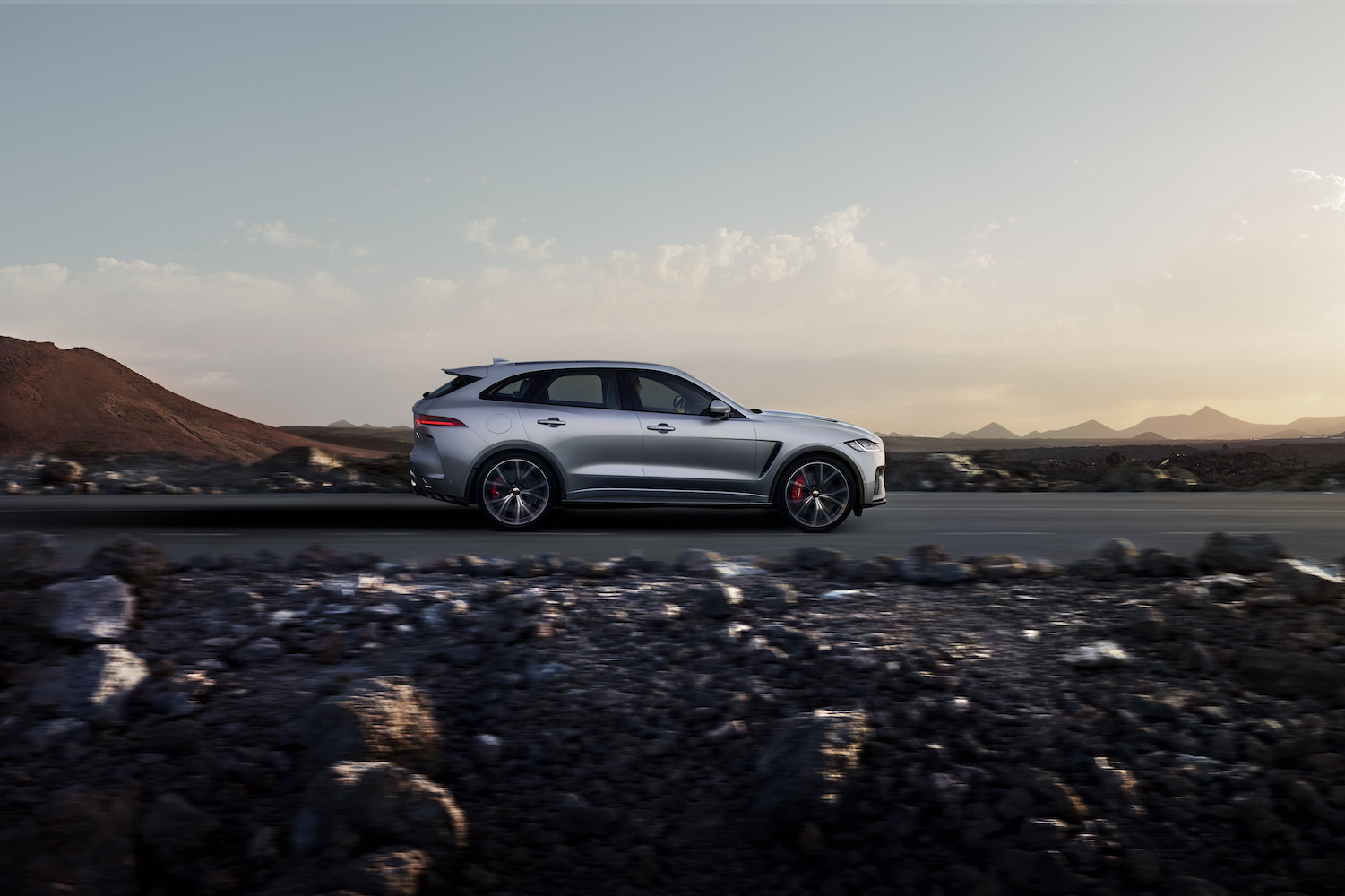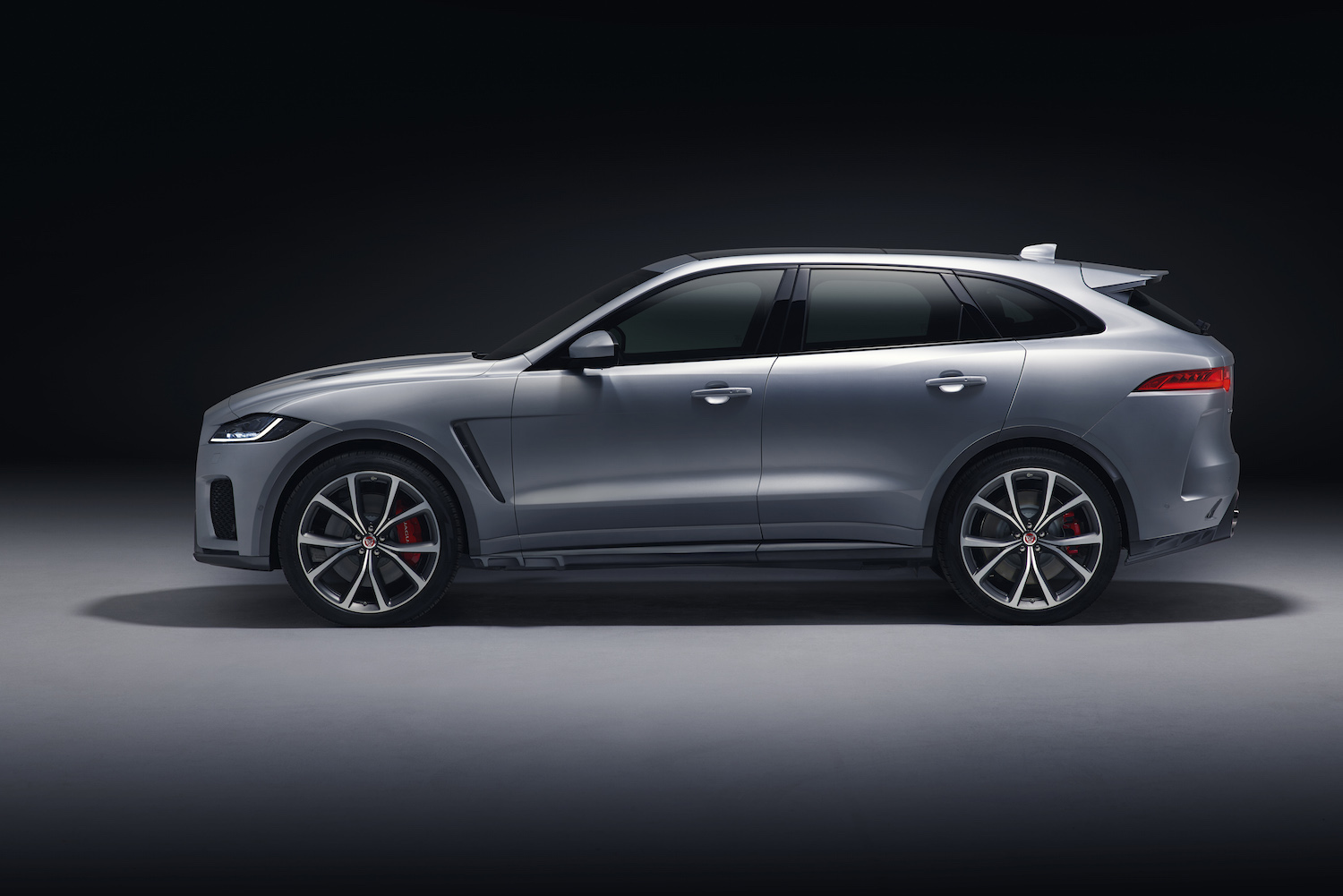Take Jaguar’s best-selling model, the F-Pace SUV, drop in one supercharged V8 that’s good for 550 horsepower, and what do you have? Jaguar calls it the F-Pace SVR; we call it logic.
In the automotive market (or any consumer market, really), when something works, it’s smart to double down. The broken-record prescription for all carmakers is “more SUVs,” and for luxury manufacturers specifically, the keyword is high-performance SUVs. The F-Pace has become a big part of the brand’s revival, so introducing a range-topping F-Pace to directly compete with BMW’s X3 M40i, Porsche’s Macan Turbo, and Mercedes-AMG’s GLC63 is a no-brainer.
Thankfully, logic doesn’t always mean lame. Digital Trends was given an exclusive first look at the F-Pace SVR ahead of its formal reveal at this year’s New York Auto Show — we weren’t disappointed.
Already one of the most beautiful SUVs on the road (confirmed by its 2017 World Car Design of the Year award), the F-Pace is made subtly more aggressive thanks to larger air intakes up front, venting on its aluminum hood, wider wheel arches, new lightweight wheel designs (available in 21- or 22-inch sizes), a unique rear spoiler, and an integrated quad exhaust system.
Jaguar’s Special Vehicle Operations (SVO) division ported a 5.0-liter supercharged V8 engine from the F-Type SVR for use in the hotter F-Pace. At 550hp and 502 pound-feet of torque, the F-Pace SVR makes significantly more horsepower (170 hp) than the F-Pace S and handily exceeds its performance stats. Zero to 60 mph takes just 4.3 seconds, and top speed is a ludicrous 176 mph. By comparison, the 503hp Mercedes-AMG GLC63 S will hit 60 mph more quickly (3.8 seconds), but tops out shy of the F-Pace SVR (174 mph).
“The F-Pace SVR delivers the handling and agility to match its performance,” said Mike Cross, chief engineer of vehicle integrity at Jaguar Land Rover. “Everything from the steering to the bespoke suspension set-up has been tuned specifically for our performance SUV, and the result is a vehicle that lives up to the promise of both the F-Pace and SVR names.”
To achieve this new level of performance, SVR upgraded the F-Pace chassis with stiffer front and rear springs, a new anti-roll system, an electronic rear differential, and larger 15.5-inch front and 15.6-inch rear brakes. Also part of the package is an active exhaust system to manage the noise from the SVR’s lighter, freer-flowing exhaust system. Importantly, the F-Pace SVR is only available with a torque-vectoring all-wheel drive system – to maximize the SUV’s available output.
Inside, the F-Pace SVR boasts unique sport bucket front seats with more lateral support, quilted leather, and embossed SVR logos, a SportShift gear selector (like the F-Type), and an SVR steering wheel with aluminum shift paddles.
The F-Pace SVR will be priced from $80,000 when it arrives in retailer showrooms this summer. True, that’s a whole lot of coin, but then again, 550hp is a whole lot of grunt.



